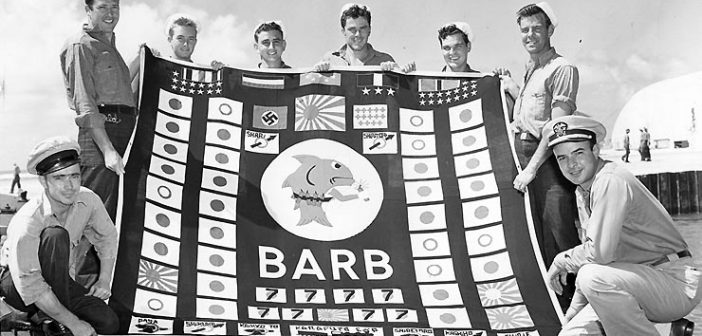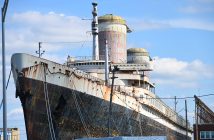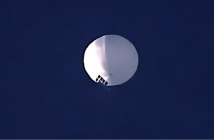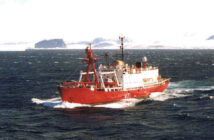Other Historic Names Must Rejoin the Sub Force
For most of the history of the US Navy’s Submarine Force, boats have been named for fish.
During World War II, the 252 subs like Barb, Tang, Tautog, Flasher, Wahoo, Harder, Silversides, Archerfish, Torsk others that constituted the sub force stood as a fraction of a percent of the US Navy, but sank half of Imperial Japan’s merchant tonnage.
The men who commanded those boats, like Gene Fluckey, Dick O’Kane, Creed Burlingame, Bill Brockman, Mush Morton, Sam Dealey, Mo Rindsfopf and many others became national heroes for their exemplary courage by taking the war literally to Japan’s doorstep, losing a fifth of their number.
After that war, a new generation of nuclear submarines carried the names of those illustrious ships, channeling their heritage for a new generation of sailors during their extraordinary exploits in the decades-long confrontation with the Soviet Union.
All that ended in the mid-1970s when Adm. Hyman Rickover, the father of the Nuclear Navy and powerful head of Naval Reactors, decided that the service’s new Los Angeles-class fast attack submarines would instead be named for cities because “fish don’t vote.”
That may be the case, but for a force that can’t disclose what it does because of the extreme secrecy that surround its operations, an ability to tell stories through their rich past is critically important.
After garnering kudos for naming America’s new class of heaviest-ever frigates after the legendary USS Constellation — one of the nation’s original six heavy frigates — Navy Secretary Ken Braithwaite was on the mark by naming the latest Virginia-class submarine for Barb and Fluckey would be pleased that the new ship will be fitted with the Virginia Payload Module that will allow it to hurl rockets at a future enemy.
It was in 1945 that Fluckey fitted his ship with rockets to allow him to attack Japanese shore installations and landed sailors who booby trapped a key rail line, killing Imperial troops in an action that became the only US ground combat operation on Japan’s home islands during the war.
It’s time the Navy continues this tradition and brings back other historic names to the submarine force.
Those who served aboard nuclear submarines named for their illustrious World War II predecessors all note the pride what that heritage represented. Each of those boats carried aboard them the flags their namesakes flew in battle, tangible touchstones that instilled pride and esprit de corps in their crews.
And their World War II exploits, now declassified, allowed the Navy to tell the story of the submarine force that would otherwise be impossible. Consider that only two submarine operations from the thousands of patrols conducted during the Cold War and since have been declassified.
On this score, the Royal Navy should, as it often does, serve as a excellent model.
Britain consistently revisits historic names, with new ships bearing the right to carry on their quarter decks carved wooden plaques with the names of the battles like named ships have fought. It certainly instills pride in a crew when they read Armada, The Glorious First of June, Nile, Trafalgar, Jutland, Taranto, North Atlantic, Falklands or Operation Telic.
You can’t visit Dreadnought, Vanguard or Monmouth without feeling a tangible connection to a historic past. Each of these ships is paired with counties, cities and towns, allowing a much wider political connection to citizens who may never see the ships firsthand.
With Barb on the way, she hopefully will be joined by other deadly fish that prowled the waters of the Western Pacific where a new generation of American submariners will be spending the overwhelming bulk of their time.




